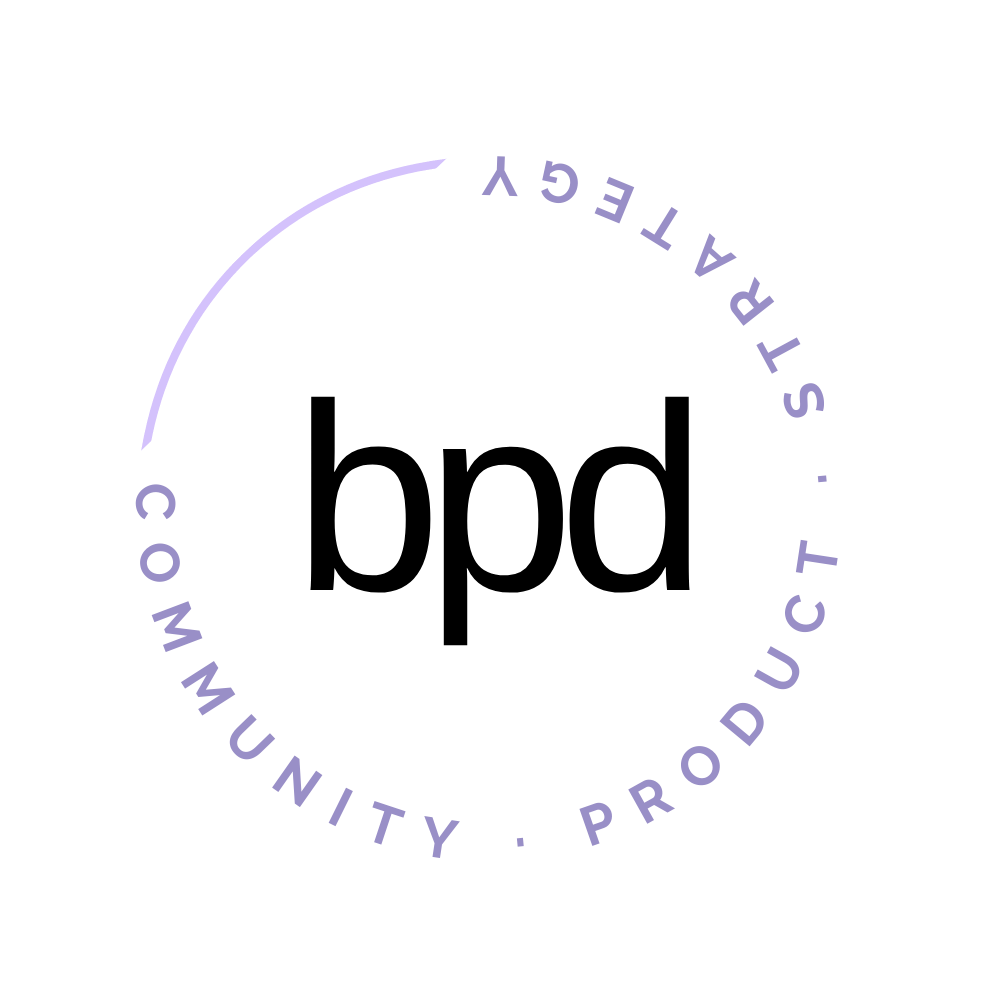#22 How To Become The Customer
My husband, Justin, and I were sitting outside at a restaurant we frequent this past weekend. We always pay close attention to the minutia of restaurant experience because we are industry veterans. He still works in the industry and we have dreams of opening a bar someday.
We arrived there from a long walk and so we had our dog with us. I asked for another cup of water (it was plastic) because I had given mine to our dog and the server responded by saying sure and pointed out the dog bowl they had… across the restaurant.
I thanked him but immediately thought through that customer experience…
I’m probably not going to get up a few times during our drinks + meal to walk my dog over to the water bowl… weaving in and out of people. And the dog would probably be too stimulated to care to drink once we reached the water bowl.
Later when we went to pay our tab the server failed to mention that they automatically add 20% gratuity but we noticed anyway. The receipt had one of those QR codes where you can pay from your phone so when Justin went to do this he said “Oh no. It automatically defaults to adding an additional 20%.” … this is a really bad customer experience.
Justin and I immediately discussed that there was no way that a manager or the owner has experienced this as a customer.
Don’t wait for the bad yelp review. Don’t wait for a customer complaint. Experience every aspect of your product as a customer as often as you can.
This whole experience got me thinking about two things:
(1) It’s important to prioritize experiencing all of the customer journeys of your product as a customer. Walt Disney was known for frequenting the parks in disguise as a customer to experience every aspect (lines + all) as a consumer.
(2) Don’t do things the same way just because you’ve always done them that way… if your customers are solving the problem differently or working around your current solution that might be an indication that something isn’t working (ie. the dog bowl).
The spirit of continuous improvement is what makes for an excellent product. You’re never going to get it just right on the first launch or even the third iteration. There is always something that can be simplified and improved in your product experience.
These small changes can have HUGE impact. We made one small change to an onboarding experience at bossbabe that resulted in a 6% decrease in refund requests.
That’s a lot of revenue.
Take turns being the customer.
In Jesse Cole’s book, “Fans First” he shares that his team takes turns every month pretending to be a customer to recognize opportunities to improve every aspect of the customer experience.
This is how they ended up with uniquely designed and “fun” bathrooms– yes even bathrooms.
Every customer experience is an opportunity to WOW.
The more you can WOW a customer, the more likely they are to tell a friend, and the more your business will grow.
QA Versus Critique
There is a difference between QA (quality assurance testing) and critiquing experience decisions.
Make sure you do both. QA is about testing against acceptance criteria, ie. does this do what it is supposed to do? Critiquing experiences is about continuous improvement.
If you don’t have a team and you’re doing everything yourself it can be hard to experience something differently than you intended it to be experienced.
It can be equally as hard to QA your own work. Do you ever read something 100x through to check for errors and then a friend points otu a typo? (gotcha!)
Make sure to ask friends and beta customers to try each new workflow, process and experience to give you candid, critical feedback.
Sara Loretta, Founder of Systms Club, just launched a test buddies matching program so that people in her community Workflow of the Month can test each others workflows. That’s pretty rad. If you’re a service-based solopreneur it’s an awesome perk of her membership.
Here’s your action list:
Take an inventory of your core customer experiences
Assign them to different members of your team to “enjoy & critique”
Come together to share your findings and feedback as a team
Prioritize the list of improvements and add them to your backlog
Do not rush the experience re-invention. Take the time it requires to be creative and unique in your ideas and solutions.
This entire exercise is about pushing past the status quo to create excellent customer experiences that result in 5 stars and a referral.
Remember: Don’t wait for the bad yelp review. Don’t wait for a customer complaint. Be proactive and build great products.
If you loved this essay please considering subscribing to the weekly newsletter. You’ll receive the latest essay to your inbox along with other resources and behind the scenes of client and community projects!
